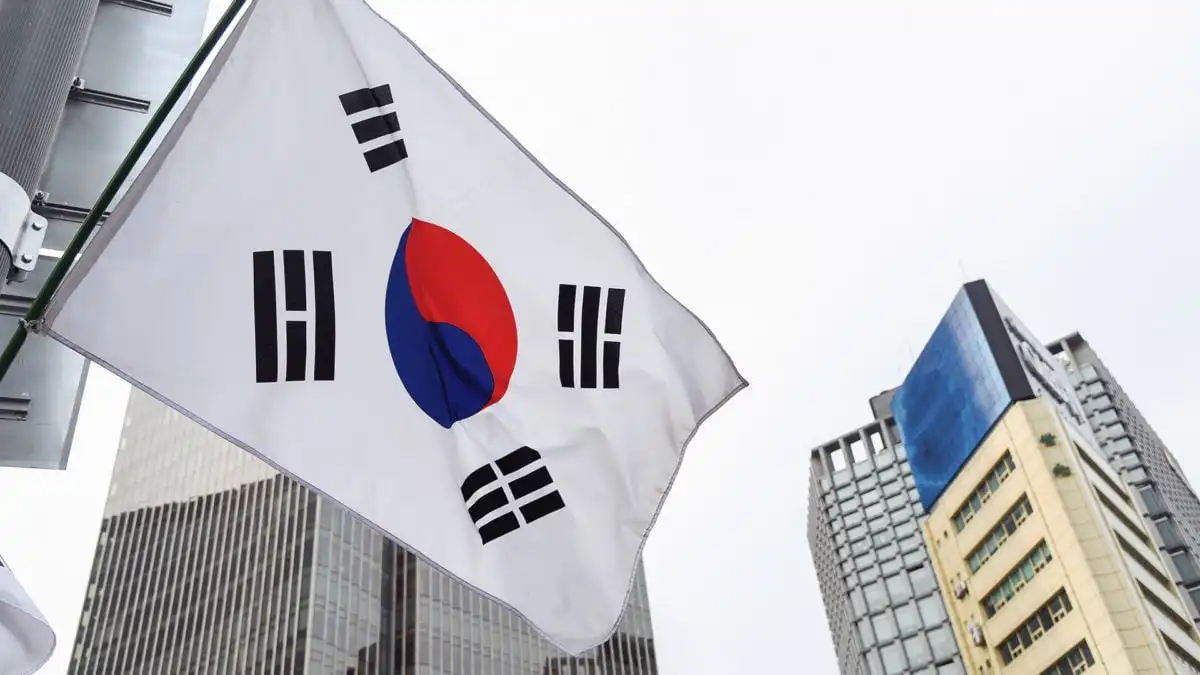- Korea’s $350 billion pledge sparks U.S. tariff negotiations, market concerns.
- Cash demands impact KRW liquidity, crypto markets brace for changes.
- Phased funding option may stabilize KRW, easing market volatility.
South Korea has pledged up to $350 billion to fund U.S. projects, aiming to unlock relief from U.S. tariffs on Korean exports. However, talks between the two countries have been complicated, especially concerning the distribution of this amount—whether it will be paid in cash, loans, guarantees, or equity.
The crux of the dispute lies in the required cash component, with the U.S. demanding nearly $200 billion in cash over eight years. On the other hand, South Korea has stated it can only provide approximately $15 billion per year without affecting its reserves or credit capacity.
Also Read: Thanh Luu: Early Life and Net Worth – The Visionary Behind Kraken’s Rise
The ongoing tension is causing uncertainty in various sectors, particularly in foreign exchange markets, as well as in the crypto industry. If a larger cash component is agreed upon, it would result in U.S. dollar outflows at a fixed pace, which in turn would put pressure on South Korea’s currency, the won.
This situation could have far-reaching consequences for liquidity, especially in crypto markets, where the dynamics of fiat on-ramps and stablecoin usage are often influenced by shifts in the foreign exchange landscape.
Impact of Cash Requirements on Markets
The push for immediate cash raises several concerns for both local financial institutions and the broader economy. If South Korea is forced to allocate a significant cash amount, the demand for U.S. dollars would intensify, squeezing liquidity in the South Korean won.
This could lead to higher borrowing costs for local businesses, while currency desks would have to adjust their strategies to manage the increased volatility. In turn, these financial shifts would also ripple through crypto markets, where the depth of KRW-based order books may thin and spreads widen.
Traders could shift focus toward USD and stablecoin pairs, as these currencies are more stable and less impacted by local liquidity fluctuations. The increased reliance on stablecoins could further slow down KRW deposits into exchanges, leading to a reduction in overall market participation.
Additionally, altcoins may face a decline in relative attention as liquidity concentrates around major cryptocurrencies like Bitcoin (BTC) and Ethereum (ETH), where liquidity is more robust.
Potential Relief if Phased Funding Becomes Reality
A possible resolution could lie in a phased funding arrangement or credit-weighted approach. If such a structure is agreed upon, it would help smooth out the foreign exchange pressure on the South Korean economy. The smoother cash flow would ensure that the won’s value remains relatively stable, allowing banks to maintain capacity for on-ramps and helping market makers to manage their inventory with greater ease.
If this approach is adopted, South Korean exporters may ease their reliance on USD, gradually reducing the pressure on the won. In turn, this would stabilize the broader crypto market, encouraging increased participation in KRW pairs and promoting a healthier trading environment for altcoins.
The focus would shift from hedging with stablecoins to a more balanced, diverse set of investments, which would likely provide better overall liquidity in the markets.
Also Read: XRP About to Go Parabolic? Analyst Shares Compelling Chart

